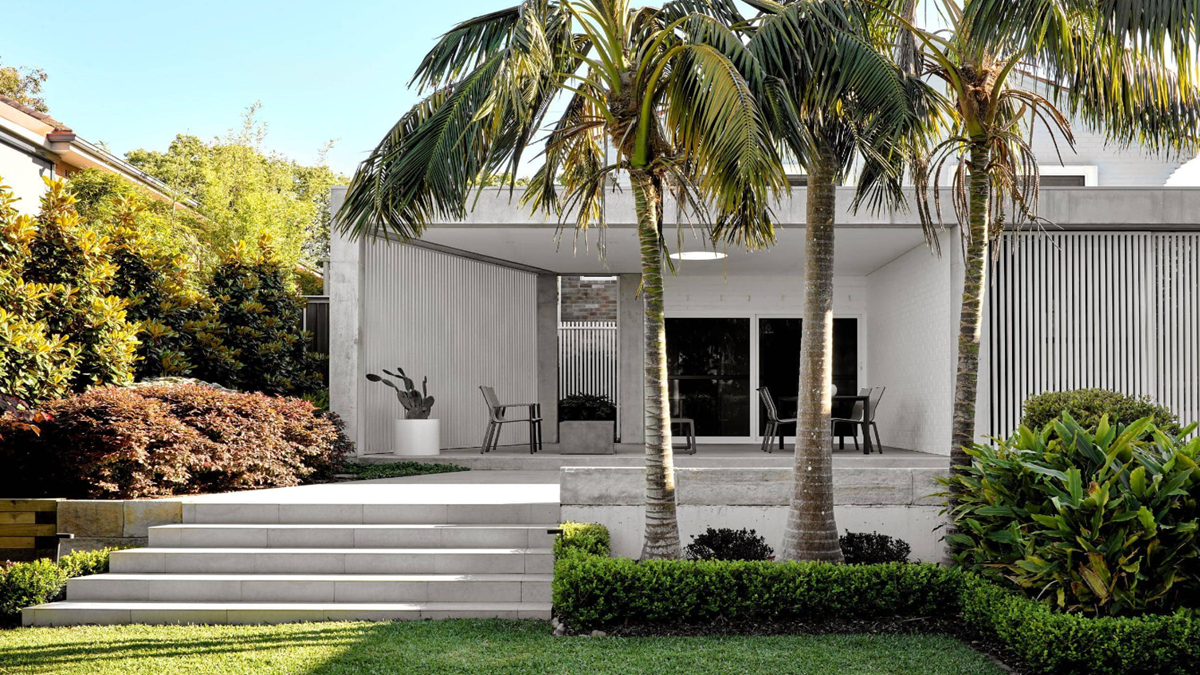Your house and garden are not separate entities but rather interconnected elements of your living space. A well-designed garden can greatly enhance the aesthetic appeal and overall ambiance of your home. By harmonizing your house design with the landscaping of your garden, you can create a seamless transition between indoor and outdoor spaces, elevating the beauty and functionality of your property.
Understanding the Connection:
When considering how to merge house design with garden landscaping, it’s crucial to recognize the relationship between the two. The architecture, color scheme, and style of your house should complement and integrate with the elements and layout of your garden.
Elements of Harmonization:
1. Architectural Continuity: Begin by assessing the architectural style of your house. A modern home might suit a minimalist garden with clean lines and simple plant arrangements. In contrast, a Victorian-style house might be complemented by a more formal garden design with intricate borders and classic features.
2. Cohesive Color Palette: Harmonize the color schemes of your house exterior with the plants, flowers, and hardscape elements in your garden. A complementary color palette creates visual unity and a sense of continuity between indoor and outdoor spaces.
3. Seamless Transitions: Blur the boundaries between your house and garden by incorporating design elements that facilitate a smooth transition. Consider installing large glass doors, creating outdoor living spaces, or aligning pathways and plant beds to direct the eye toward focal points within the garden.
Practical Tips for Integration:
1. Utilize Vertical Spaces: Enhance the connection between your house and garden by incorporating vertical gardens, trellises, or climbing plants. These elements not only add greenery but also visually connect the two spaces.
2. Balance and Symmetry: Achieve harmony by maintaining a balance between hardscape elements (such as pathways or patios) and softscape elements (like plants and flowers). Symmetry and proportion play crucial roles in creating a cohesive look.
3. Seasonal Adaptation: Plan your garden’s landscaping to complement seasonal changes. Choose plants that bloom at different times of the year to ensure your garden remains vibrant and engaging throughout the seasons.
Conclusion:
Harmonizing your house design with garden landscaping is a creative endeavor that requires careful consideration and planning. By integrating architectural elements, color schemes, and seamless transitions, you can transform your outdoor space into an extension of your home, fostering a cohesive and inviting environment for both relaxation and entertainment.

